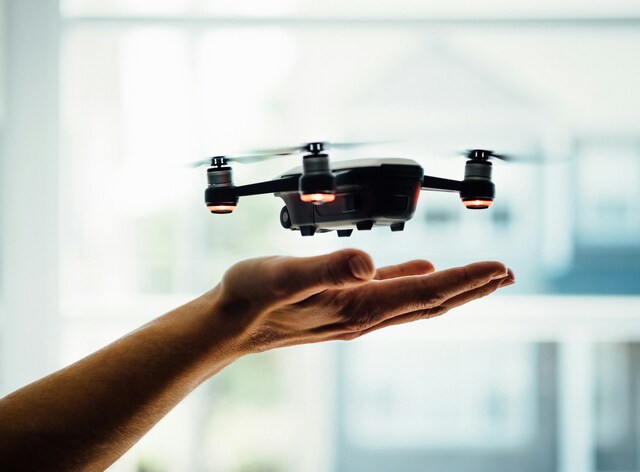The hi-tech aerial drones that EPA Victoria flies over industrial sites and pollution incidents can now sniff out air pollution too.
The state’s environmental watchdog has equipped its existing drones with a new aerial air pollutant detection and mapping system. It adds to existing uses, including collecting water samples, detecting hotspots and fire risks in waste stockpiles, as well as inspecting landfills, illegal dumping sites and spills.
EPA Executive Director Operations Joss Crawford said the gas detection system provides detailed information on the move, for EPA officers on the ground.
“The sniffer drone gives us real-time gas concentrations and distributions, that will help assess total emissions from the landfill, oil and gas refinery, wastewater treatment plant or other industrial site we’re inspecting,” she said.
“The new technology also enables us to pinpoint significant sources at these sites so we can then target the real cause of pollution and direct measures to do something about it.”
The arrival of the new technology fits in with EPA’s increased regulatory focus on landfills this year. Operators can expect more direct engagement and education, backed by strengthened monitoring and enforcement, all designed to prevent typical landfill problems with gas, leachate and contamination of the land and water.
The system will enable EPA officers to measure the typical pollutants carbon monoxide, hydrogen sulphide (noted for its rotten egg odour), particulates such as dust or smoke, and methane, a common byproduct of landfills.
The collected data is fed to software that provides real-time mapping or 3D visualisation of the pollutants to pinpoint the polluting source, enabling targeted and effective intervention by EPA officers on the ground.
“Each pollutant comes with its own challenges; hydrogen sulphide creates immediate problems with odour, while carbon monoxide is a poison with no smell at all, particulates mostly affect the old, people with heart or lung disease, pregnant women and small children, and methane is a greenhouse gas associated with climate change,” Ms Crawford said.
With over 500 flights carried out across the state each year, EPA Victoria’s drones are constantly in action; detecting, mapping and sampling pollution from the sky.
“EPA’s drones give our frontline officers practical tools that make the job of detecting and stopping pollution faster and more effective,” she said.







